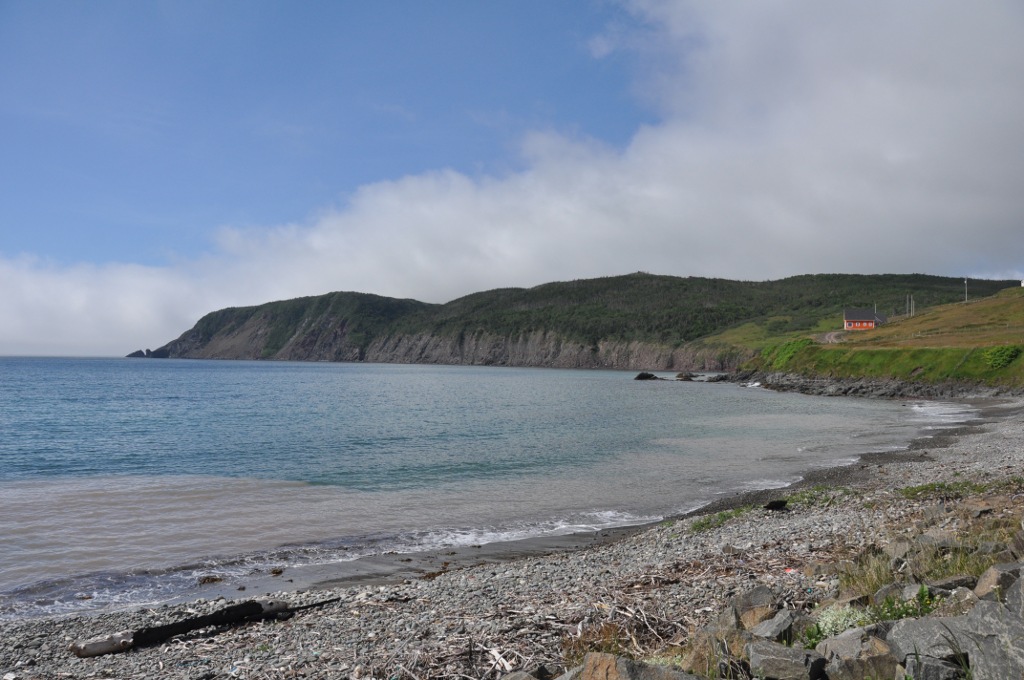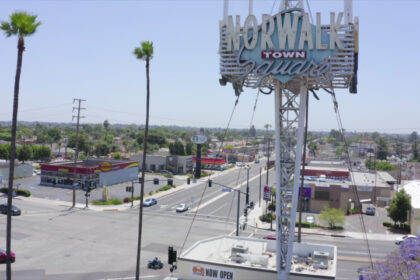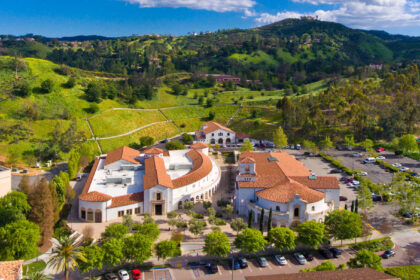Clarke’s Beach is a town on Conception Bay in the Canadian province of Newfoundland and Labrador. Take a look below for 18 interesting and amazing facts about Clarke’s Beach, Newfoundland and Labrador, Canada.
1. In the 2016 census the town had a population of 1,558.
2. It is the home of a number of well-known Newfoundland artists, and is a favourite place for retirement.
3. Clarke’s Beach first appears in census records in 1857, with a population of 280.
4. Many of the early settlers came from Bareneed and Port de Grave when these two settlements ran out of space for curing fish and when the Labrador fishery became prominent.
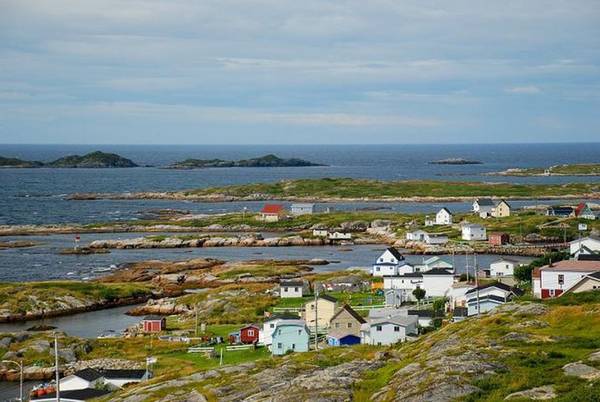
5. The first settlers initially came to the area for timber, then for planting vegetables on the cleared land.
6. The earliest record of sawmilling activity in the area dates to circa 1611-1620, when the settlers of the John Guy colony in Cupids built a sawmill and pit saws in nearby South River.
7. No further sawmills were built until 1885, when William and Reuben Horwood began a steam-operated sawmill at Clarke’s Beach, a partnership which also had business dealings with Colin Campbell, a sawmill operator at Campbellton and Dog Bay, Notre Dame Bay.
8. It employed 112 men in 1891, which, at the time, were nearly all the men in Clarke’s Beach.
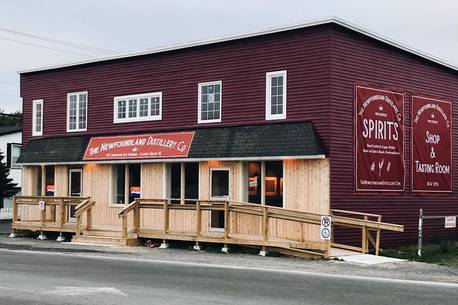
9. W.J. Horwood announced in January of 1893 that he had sold his “Clarke’s Beach Milling Plant” to George C. Jerrett.
10. Jerrett took over the shingle and lumber mill business, producing shingles, laths, lobster cases, matched lumber, and clapboard.
11. In 1895, it was reported that Jerrett’s Mill was also producing spruce joisting and studding.
12. From 1894-1899 (at least), Jerrett also operated another shingle mill in Shoal Bay, Trinity Bay.
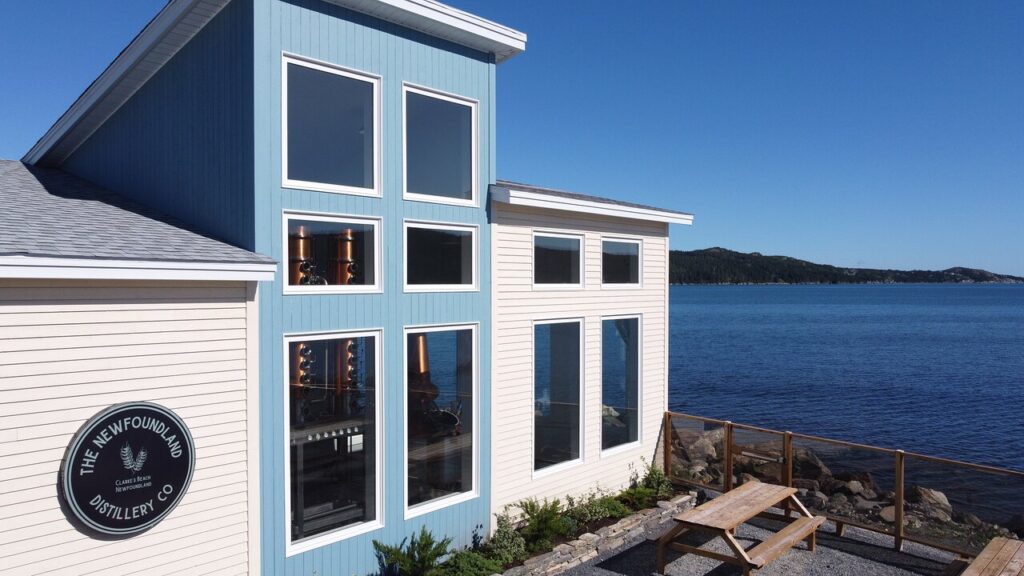
13. In the early 1900s, as the Horwoods moved their operations, at least two other mills opened.
14. One mill was operated before 1909 by George Bussey.
15. George Wilson established a sawmill in 1943.
16. Another water-powered mill owned by Wilson, but operated by Horwood’s, was located on the main road in South River.
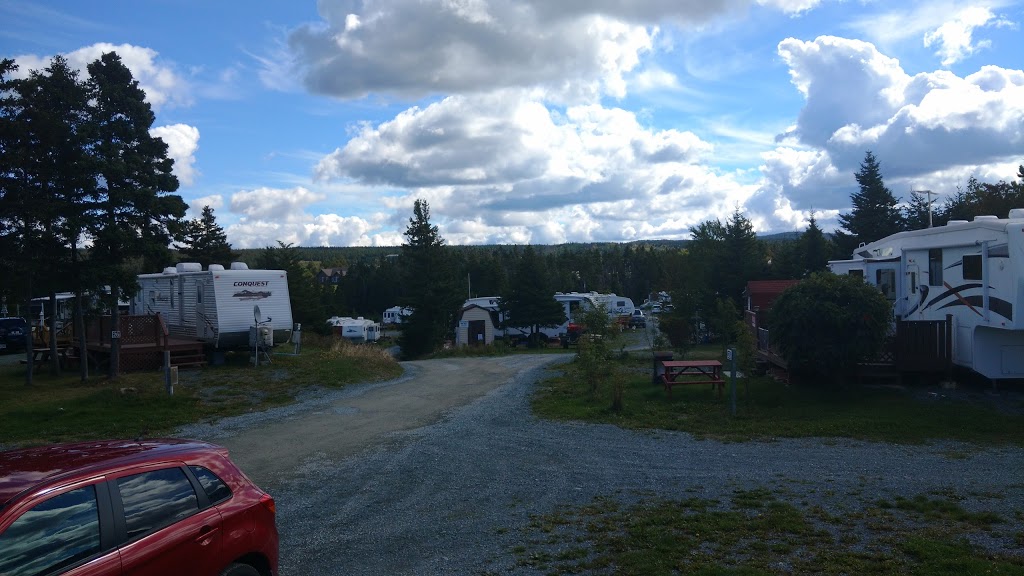
17. In 1960, George Wilson was advertising as a “Lumber Manufacturer” and as a dealer in doors, window sashes, boxes, wallboard, and builder’s hardware.
18. By the 1970s it was the only sawmill in operation in the community.

